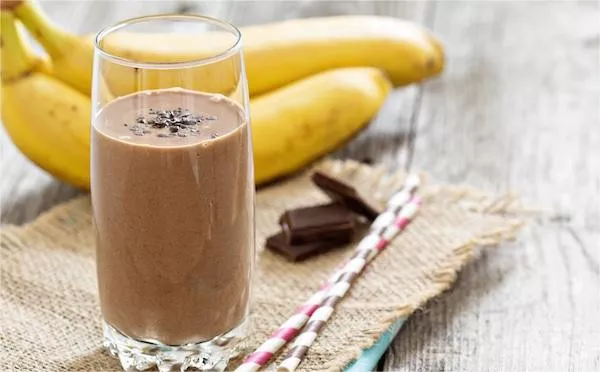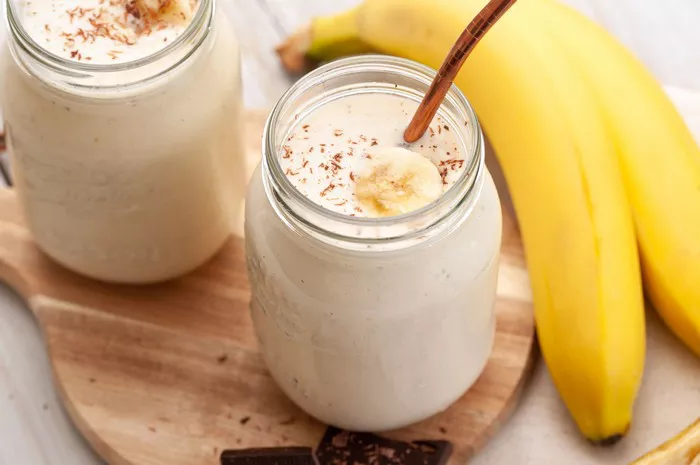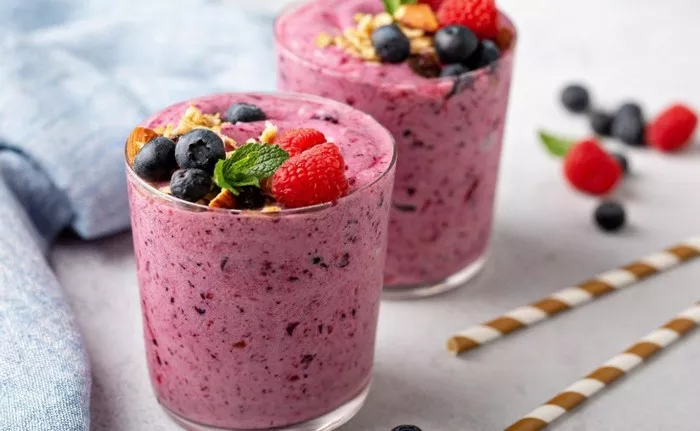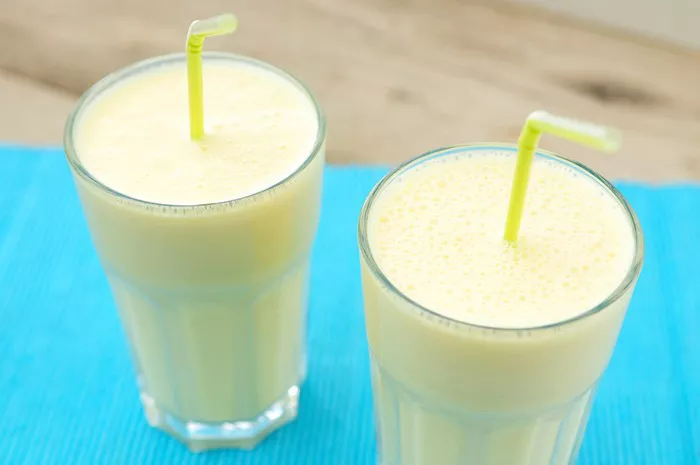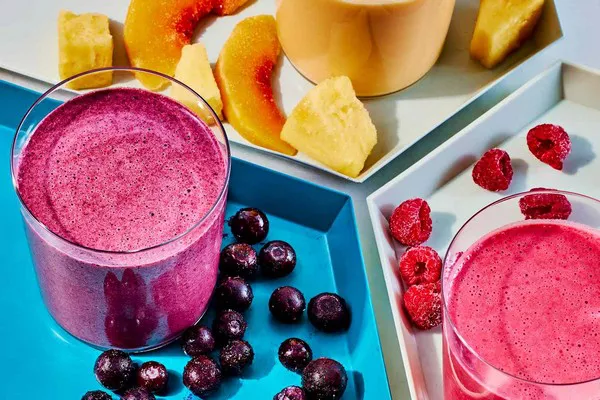Losing weight can be a challenging journey. However, the right food plan can make it easier. In this article, we will explore the best weight loss food plan, focusing on nutritious foods, meal ideas, and helpful tips.
Understanding Weight Loss
Before diving into food plans, it’s essential to understand what weight loss means. Weight loss occurs when you burn more calories than you consume. This can be achieved through a balanced diet and regular physical activity.
Key Components of a Weight Loss Food Plan
1. Balanced Nutrition
A successful weight loss food plan should include a variety of foods to ensure you get all the necessary nutrients. Here are the main components:
Proteins: Proteins help build and repair tissues. They also keep you full longer. Good sources include chicken, fish, beans, lentils, and low-fat dairy.
Carbohydrates: Choose complex carbohydrates like whole grains, fruits, and vegetables. These provide energy and are rich in fiber, which aids digestion.
Fats: Healthy fats are crucial for overall health. Include sources like avocados, nuts, seeds, and olive oil in moderation.
SEE ALSO: Which is Healthier: Hot Cocoa or Hot Chocolate?
2. Portion Control
Portion control is vital for weight loss. Eating large portions can lead to consuming excess calories. Use smaller plates and bowls to help manage portions.
3. Meal Timing
Eating regular meals helps regulate your metabolism. Aim for three main meals and two healthy snacks each day. Avoid skipping meals, as this can lead to overeating later.
4. Hydration
Drinking water is essential for weight loss. It helps keep you hydrated and can reduce hunger. Aim for at least 8 cups of water daily. Herbal teas and infused water are also good options.
Sample Weight Loss Food Plan
Here is a sample food plan that emphasizes balance and portion control.
Breakfast
Option 1: Greek yogurt topped with berries and a sprinkle of granola.
Option 2: Scrambled eggs with spinach and whole-grain toast.
Option 3: Overnight oats with almond milk, chia seeds, and sliced banana.
Mid-Morning Snack
Option 1: A small apple with almond butter.
Option 2: A handful of mixed nuts.
Option 3: Carrot sticks with hummus.
Lunch
Option 1: Grilled chicken salad with mixed greens, cherry tomatoes, and vinaigrette.
Option 2: Quinoa bowl with black beans, corn, avocado, and salsa.
Option 3: Turkey wrap with whole-grain tortilla, lettuce, and mustard.
Afternoon Snack
Option 1: Cottage cheese with pineapple.
Option 2: Celery sticks with peanut butter.
Option 3: A small smoothie with spinach, banana, and unsweetened almond milk.
Dinner
Option 1: Baked salmon with steamed broccoli and brown rice.
Option 2: Stir-fried tofu with mixed vegetables and quinoa.
Option 3: Lean beef tacos with lettuce wraps and salsa.
Evening Snack (Optional)
Option 1: A small bowl of berries.
Option 2: Air-popped popcorn (no butter).
Option 3: A square of dark chocolate (70% cocoa or higher).
Tips for Success
1. Meal Prep
Preparing meals in advance can help you stick to your food plan. Cook large batches of grains and proteins, and chop vegetables ahead of time. This makes it easier to grab healthy meals and snacks.
2. Mindful Eating
Practice mindful eating by paying attention to your hunger cues. Eat slowly and savor each bite. This can help you enjoy your food and recognize when you are full.
3. Limit Processed Foods
Processed foods are often high in calories, sugars, and unhealthy fats. Focus on whole, unprocessed foods as much as possible. This includes fresh fruits, vegetables, lean meats, and whole grains.
4. Stay Active
Incorporating physical activity into your routine is essential for weight loss. Aim for at least 150 minutes of moderate exercise each week. This can include walking, swimming, cycling, or any activity you enjoy.
Common Pitfalls to Avoid
1. Extreme Diets
Avoid extreme diets that promise quick weight loss. These are often unsustainable and can lead to nutrient deficiencies. Focus on a balanced, long-term approach instead.
2. Skipping Meals
Skipping meals can lead to increased hunger and overeating later. Stick to regular meal times and include healthy snacks to keep your energy levels stable.
3. Emotional Eating
Many people eat in response to emotions rather than hunger. Be aware of emotional triggers and find alternative coping strategies, such as exercise or talking to a friend.
Conclusion
The best weight loss food plan is one that is balanced, nutritious, and sustainable. By focusing on whole foods, practicing portion control, and staying active, you can achieve your weight loss goals. Remember, it’s not just about losing weight; it’s about developing a healthy lifestyle that you can maintain in the long run.
Start small, be consistent, and celebrate your successes along the way. With the right food plan and mindset, you can make lasting changes for better health.
Related topics:

